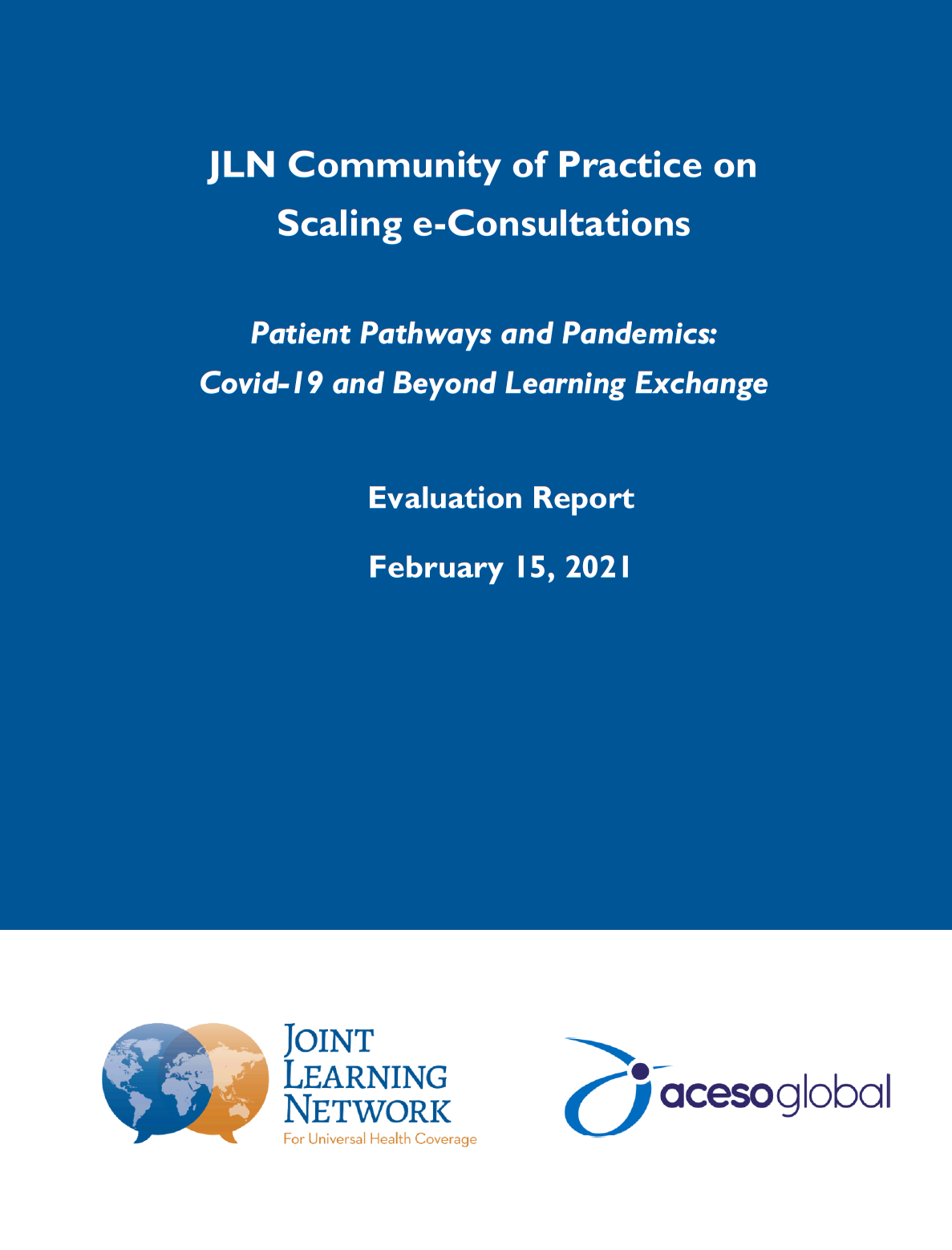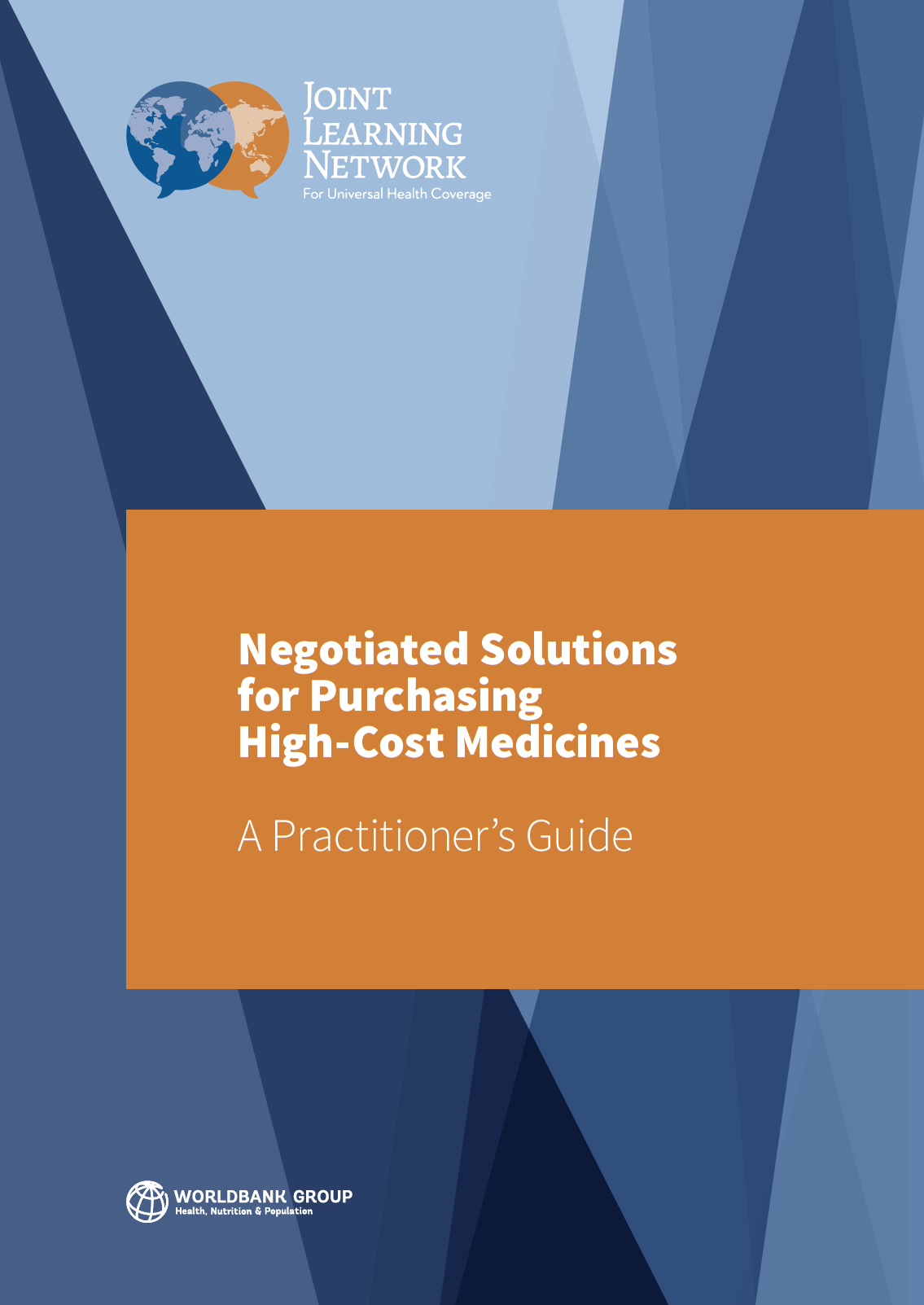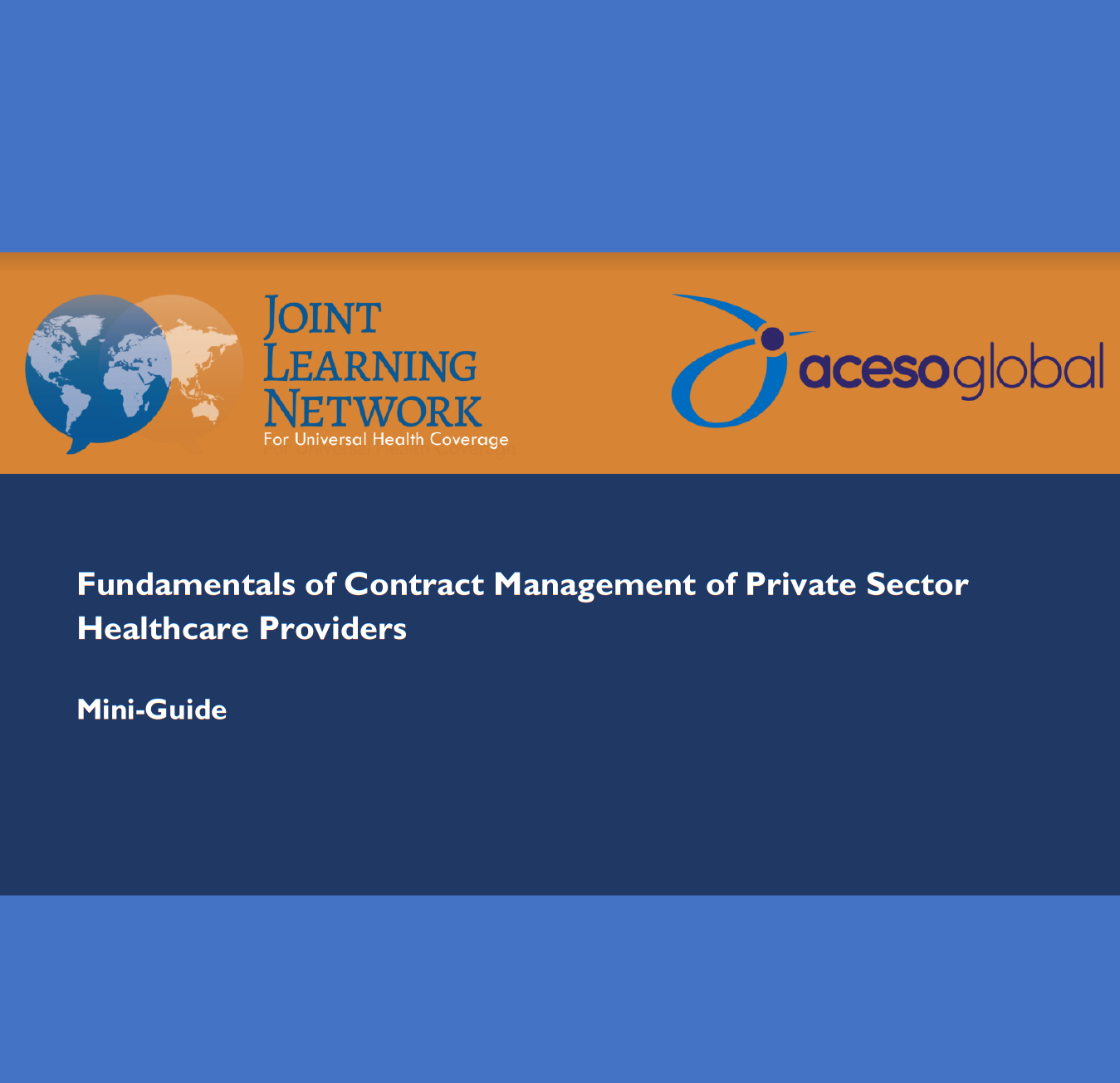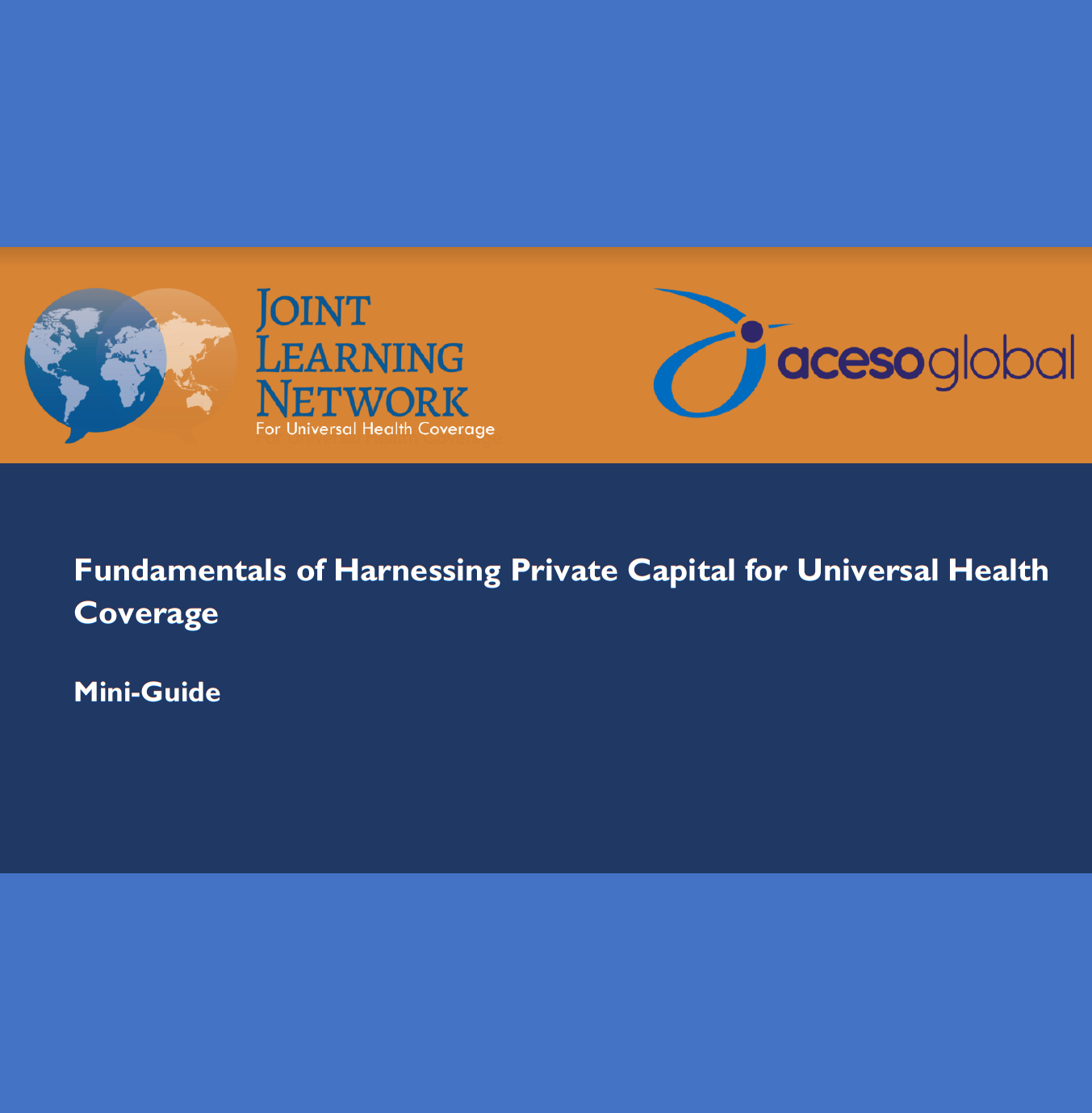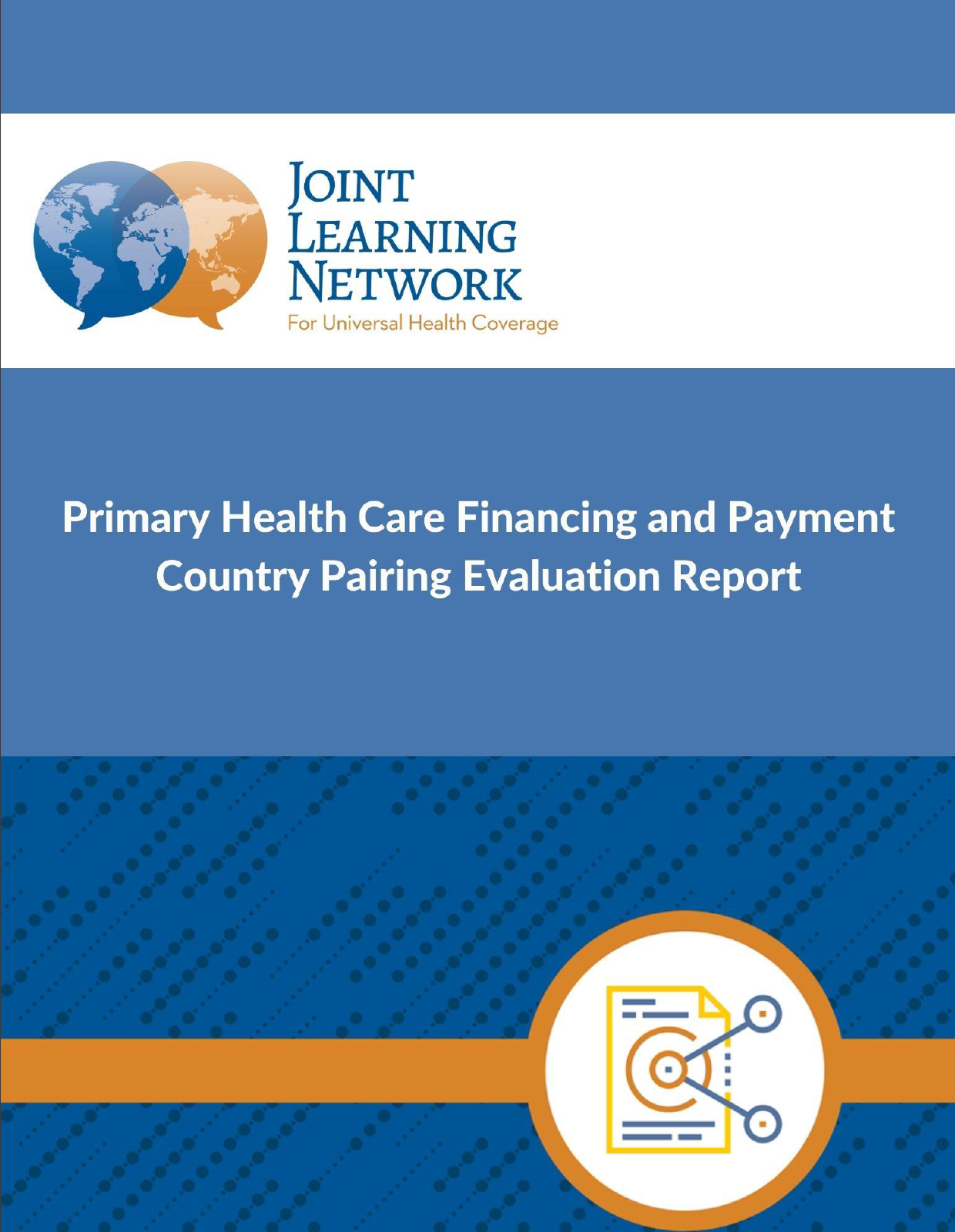
Primary Health Care Financing and Payment Country Pairing Evaluation Report
In 2020, the PHC Financing and Payment collaborative pushed the boundaries of traditional webinar group-based learning and tested a more intimate and in-depth collaborative learning modality: country pairings. This modality pairs two or three countries with a specific interest in a topic – one that may not be a widely shared interest across the collaborative – to probe deeper into the implementation experience of a resource country and discuss details that are relevant to their countries. The JLN conducted a small developmental evaluation and the purpose was to capture and learn from how these pairings worked and to capture lessons learned from the country pairing approach. By documenting this new method, the JLN will be equipped with data-driven findings on this innovative approach to joint learning for modification, replication, or scale up in the future.

